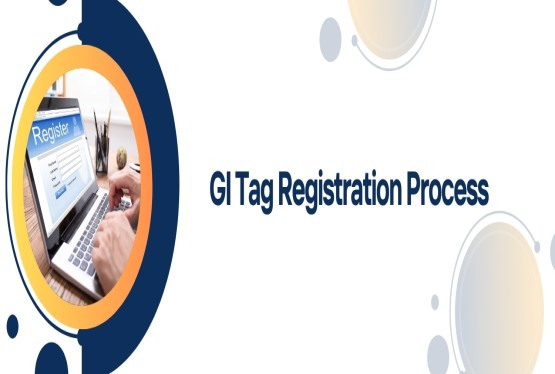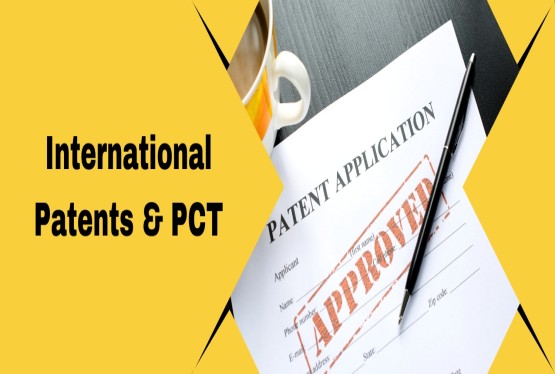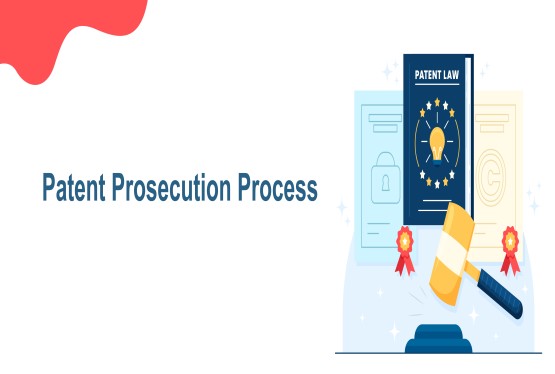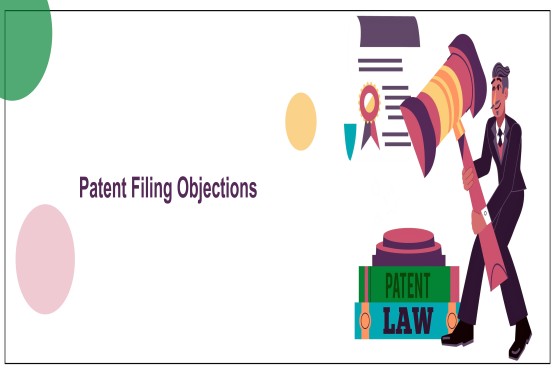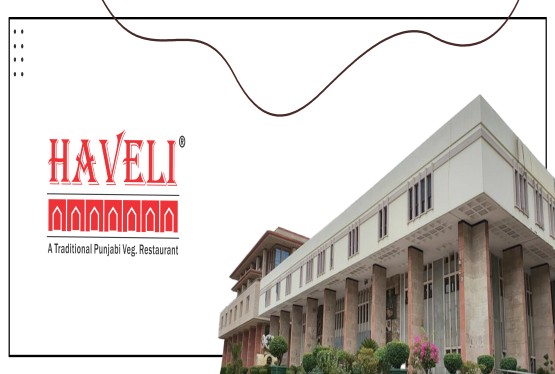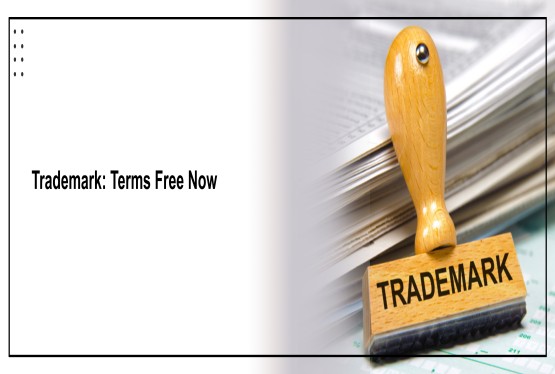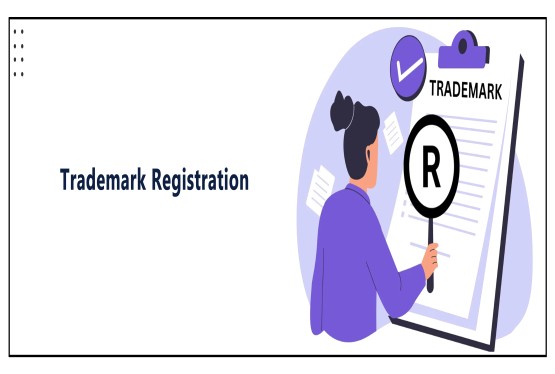Intellectual Property (IP) law plays an important role in protecting and enforcing the rights of creators and innovators. Within this domain, two distinct but interconnected processes exist IP litigation and IP prosecution. These processes pertain to different stages of intellectual property protection, enforcement, and dispute resolution.
What is IP Litigation?
IP litigation refers to the process of resolving disputes concerning intellectual property rights in a court of law or through alternate dispute resolution mechanisms such as arbitration or mediation. In the context of trademark, litigation generally arises when there is an alleged infringement, misuse, or violation of trademark rights.
Key Characteristics of IP Litigation (Trademark Context)
-
Disputes: Involves conflicts over the ownership, validity, or infringement of trademarks.
-
Forum: Conducted before courts, tribunals, or quasi-judicial bodies such as the Intellectual Property Appellate Board (IPAB) or High Courts in India.
-
Outcomes: Results in binding decisions such as injunctions, monetary damages, or cancellation of trademarks.
Examples of Trademark Litigation
-
Infringement Disputes: When a third party uses a mark identical or deceptively similar to a registered trademark.
-
Passing Off: Protects unregistered trademarks from misuse by competitors.
-
Rectification Proceedings: Challenges the validity of an existing trademark registration.
Relevant Legal Provisions
-
Section 29 of the Trade Marks Act, 1999: Defines trademark infringement and the circumstances under which legal remedies can be sought.
-
Section 135 of the Trade Marks Act, 1999: Specifies remedies available to trademark owners, including injunctions and damages.
What is IP Prosecution?
IP prosecution, on the other hand, refers to the process of obtaining intellectual property rights. In the context of trademarks, prosecution involves filing trademark applications, responding to objections, attending hearings before the Registrar of Trademarks, and maintaining the trademark post-registration.
Key Characteristics of IP Prosecution (Trademark Context)
-
Filing and Registration: Involves procedural steps to secure trademark rights.
-
Administrative Nature: Conducted before the Trademark Registry rather than a court of law.
-
Outcome: Results in the grant or rejection of a trademark application.
Examples of Trademark Prosecution
-
Filing a new trademark application.
-
Responding to an examination report issued by the Registrar.
-
Opposing a third-party trademark application.
Relevant Legal Provisions
-
Section 18 of the Trade Marks Act, 1999: Governs the filing of trademark applications.
-
Rules 36-39 of the Trade Marks Rules, 2017: Specify the procedures for examination, objections, and hearings.
Key Differences Between IP Litigation and IP Prosecution
|
Aspect |
IP Litigation |
IP Prosecution |
|
Definition |
Resolving disputes related to IP rights in courts. |
Securing and maintaining IP rights through registration. |
|
Focus |
Enforcement of rights and resolution of disputes. |
Acquisition and management of rights. |
|
Forum |
Courts, tribunals, or arbitration panels. |
Trademark Registry or administrative bodies. |
|
Role of Lawyer |
Advocate or litigator representing the client in disputes. |
Trademark attorney managing procedural filings. |
|
Nature |
Adversarial and reactive. |
Procedural and proactive. |
|
Timeline |
Depending on court schedules; can be lengthy. |
Often quicker but may face delays due to objections or oppositions. |
|
Outcome |
Binding legal decision (e.g., injunction or damages). |
Registration or rejection of a trademark application. |
Interdependence Between IP Litigation and Prosecution
While IP litigation and prosecution are distinct processes, they are interconnected:
-
Prosecution as a Preventive Measure: A thorough and well-executed prosecution process reduces the likelihood of future litigation by ensuring that trademarks are distinctive and free of conflicts.
-
Litigation as a Corrective Mechanism: When prosecution fails to address issues such as conflicting marks, litigation serves as a remedial tool to resolve disputes and enforce rights.
Example of Interdependence
A trademark registered through prosecution may later be challenged in litigation if its validity is questioned. Similarly, litigation outcomes (e.g., cancellation orders) impact the status of trademarks granted during prosecution.
Importance of Understanding the Difference for Trademark Owners
For Businesses and Brand Owners:
-
Strategic Decisions: Knowing the difference helps in deciding whether to focus resources on securing trademarks (prosecution) or enforcing them (litigation).
-
Risk Management: Proactive prosecution can minimize the risks of litigation.
For Legal Practitioners:
- Specialized Expertise: IP litigation requires advocacy and negotiation skills, while prosecution demands procedural knowledge and attention to detail.
Challenges in IP Litigation and Prosecution
In Litigation:
-
Prolonged Timelines: Trademark litigation in India can be time-consuming, delaying relief for trademark owners.
-
High Costs: Legal expenses can be prohibitive, especially for small businesses.
In Prosecution:
-
Procedural Delays: Backlogs at the Trademark Registry can slow down the registration process.
-
Objections and Oppositions: Applicants often face objections or oppositions, requiring significant legal expertise to address.
Conclusion
The distinction between IP litigation and IP prosecution is fundamental to knowing trademark law. While prosecution focuses on acquiring and maintaining trademark rights, litigation addresses the enforcement and defense of those rights. Together, these processes form the backbone of trademark protection, ensuring that businesses can secure their brand identities and enforce their rights effectively.
Identifying the nuances of both litigation and prosecution is essential for trademark owners, legal practitioners, and policymakers. By these processes effectively, stakeholders can protect intellectual property rights and foster innovation, creativity, and fair competition in the marketplace.
FAQs
Q1. What is the difference between a trademark and a patent?
Ans. A trademark is a distinctive sign, such as a word, phrase, symbol, design, or color, that identifies the goods or services of one business from those of others. A patent is a government grant that gives an inventor exclusive rights to their invention for a certain period.
Q2. Why is it important to register a trademark?
Ans. Registering a trademark provides several benefits, including:
-
Legal Protection: It gives you exclusive rights to use your trademark.
-
Brand Recognition: It helps build brand recognition and customer loyalty.
-
Market Value: A strong, registered trademark can increase your business's value.
-
Licensing Opportunities: It allows you to license your trademark to others.
Q3. What are the common grounds for a trademark infringement lawsuit?
Ans. Common grounds for a trademark infringement lawsuit include:
-
Direct Infringement: Using an identical or confusingly similar trademark.
-
Reverse Passing Off: Misrepresenting the source of goods or services.
-
Dilution: Using a famous trademark in a way that weakens its distinctiveness.
Q4. What is the role of a trademark attorney in IP litigation and prosecution?
Ans. A trademark attorney plays a crucial role in both IP litigation and prosecution. They can:
-
Draft and file trademark applications.
-
Respond to office actions and objections.
-
Represent clients in trademark infringement lawsuits.
-
Negotiate settlements and represent clients in court.
-
Provide advice on trademark strategy and intellectual property law.
Q5. What are some common challenges in IP litigation and prosecution?
Ans. Common challenges in IP litigation and prosecution include:
-
High costs: Legal fees can be substantial, especially for complex cases.
-
Long timelines: Both litigation and prosecution can be time-consuming processes.
-
Complex legal procedures: Understanding and navigating the legal procedures can be challenging.
-
Expert evidence: Expert witnesses may be required to provide technical evidence in complex cases.






























_(b)_of_the_Trademark_Act,_1999_(1)_crop10_thumb.jpg)



_crop10_thumb.jpg)




























_crop10_thumb.jpg)
_crop10_thumb.jpg)






_crop10_thumb.jpg)








_crop10_thumb.jpg)



_crop10_thumb.jpg)





























_crop10_thumb.jpg)

















_crop10_thumb.jpg)






_crop10_thumb.jpg)











































































































































_crop10_thumb.jpg)




































_crop10_thumb.jpg)












_crop10_thumb.jpg)













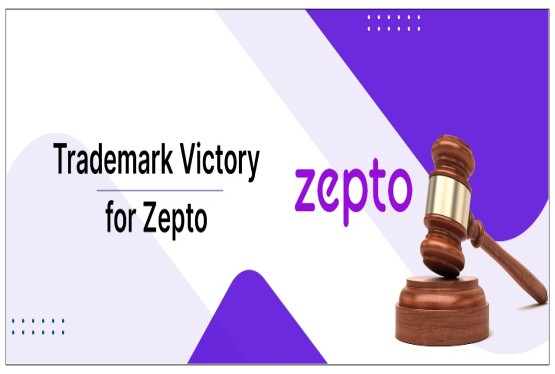




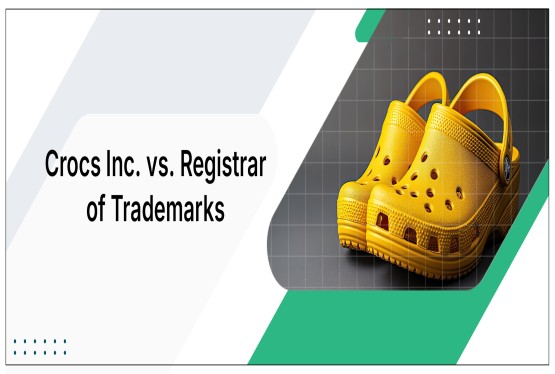




























_crop10_thumb.jpg)

















